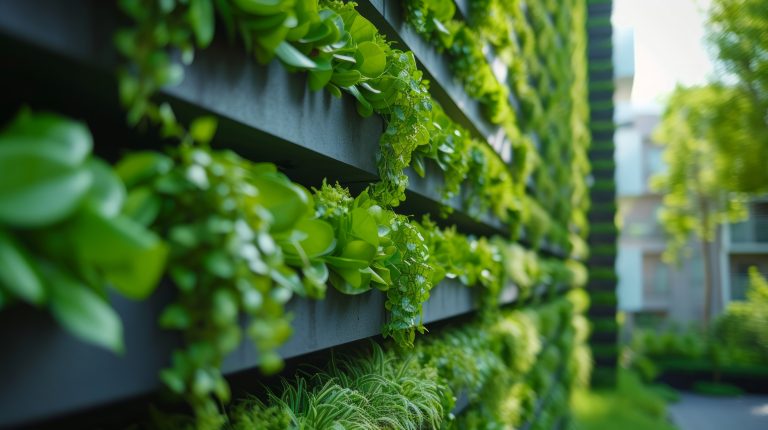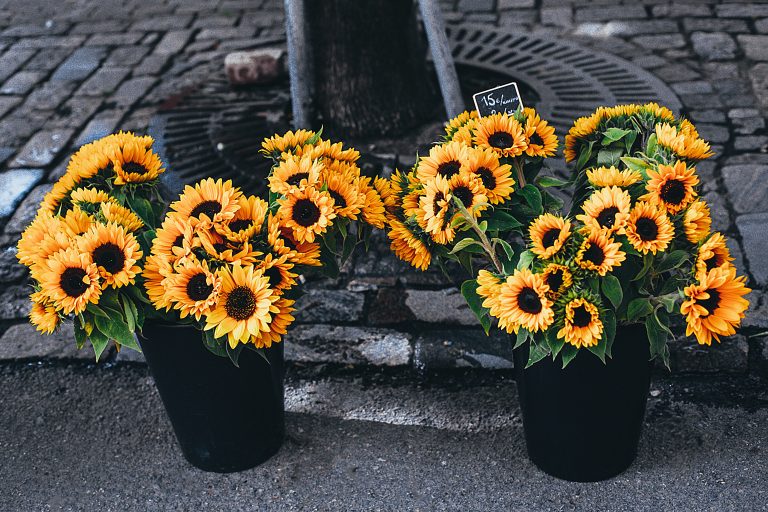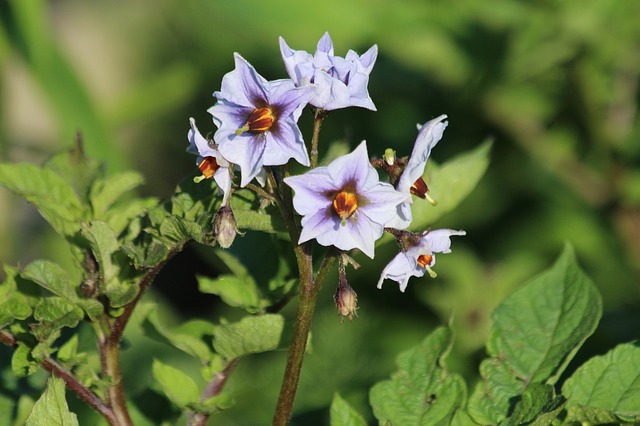Imagine walking onto your balcony, patio, or tiny backyard and being greeted by a jungle of thriving tomatoes, peppers, strawberries, and herbs—all growing in neat little towers that look like something out of a futuristic farm. No sprawling garden beds, no weeding on your knees, no wasted space. Just lush plants stacked vertically, producing more…
containers
Container Gardening: Fabric Pots vs. Plastic Pots
I love to plant crops in containers, especially finicky plants like eggplant and peppers. I use a variety of containers in my garden, including fabric pots. If it gets too cold, it’s simple enough to haul them inside. Containers are also great for those living in rental properties or those with limited space. It’s…
Can You Grow Potatoes in Containers?
Growing potatoes is so incredibly fun. With a little bit of patience, you’ll be digging up spuds towards the end of the season. The taste of freshly dug potatoes is unparalleled. People say the same about tomatoes, but I genuinely think potatoes win the contest for best-tasting garden edible. Compared to a storebought potato,…


